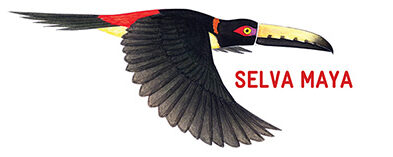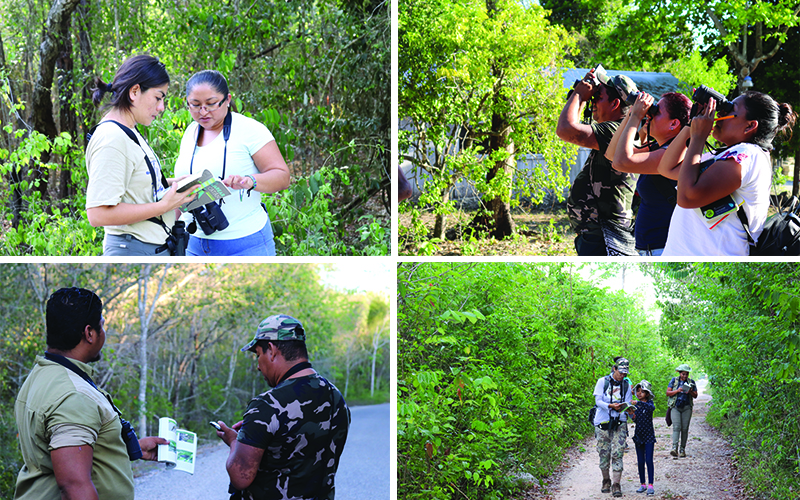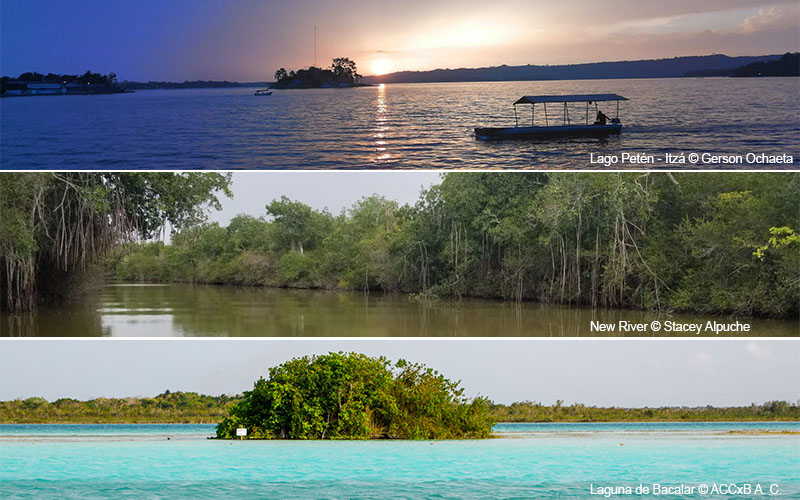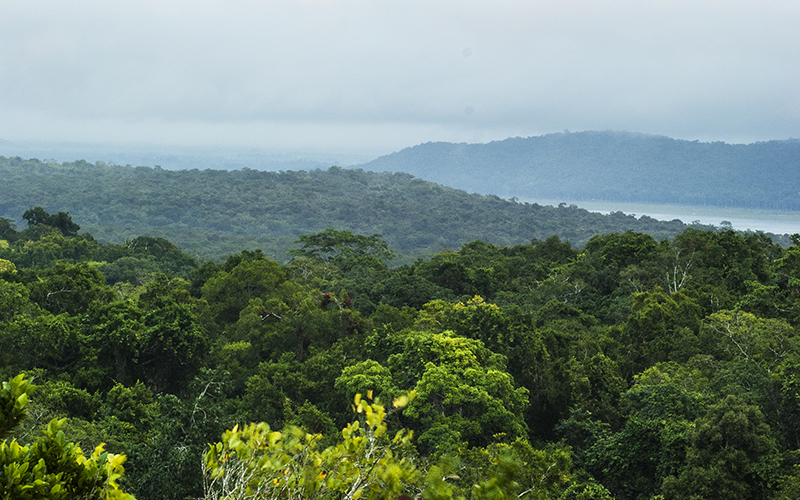From December 5th – 7th, within the framework of the project, “Strengthening ancestral knowledge through its use for the prevention of diseases transmitted by insect vectors and dietary patterns,” an exchange of knowledge between traditional therapists and academics on medicinal plants and food sovereignty was held in Flores, Petén, Guatemala.
Under the slogan “Being in the world, being us (“Ser en el mundo, ser nosotros” in Spanish), the meeting represented a valuable opportunity for representatives of some twenty community organizations that promote traditional and indigenous knowledge. The discussions focused on medicinal and edible plants found in Mexico and Guatemala with representatives from both local Mayan communities and academics specialized in the flora of the Selva Maya region.
During the meeting, experiences were shared concerning topics like community seed banks and healing practices based on traditional floral medicine. Furthermore, the experiences of naturopathic pharmacies in urban centers using medicines created from active ingredients from the regional flora, were presented. These exchanges permitted to better visualize the complementarity of knowledge between the participating organizations.
The dialogues permitted the conclusion of agreements regarding the implementation of some joint work activities. These aim to include representatives of Belize would at a later stage since they were absent. For instance, one such agreement intends to create a reference document regarding the medicinal properties of the flora from the second largest tropical forest in the Americas, but always bridging two perspectives: academic and traditional knowledge.
The project is being implemented by the Foundation for Conservation in Guatemala (FCG) and the University of San Carlos de Guatemala (USAC). It is financed with funds from the Ministry for Economic Cooperation and Development of the Federal Republic of Germany (BMZ) through the GIZ Global Program Pandemic Prevention and Response, One Health (PPOH) working in not only the Selva Maya region, but across the Americas, Africa and Asia.
Image credits: ©GIZ/GabrielBerríos




